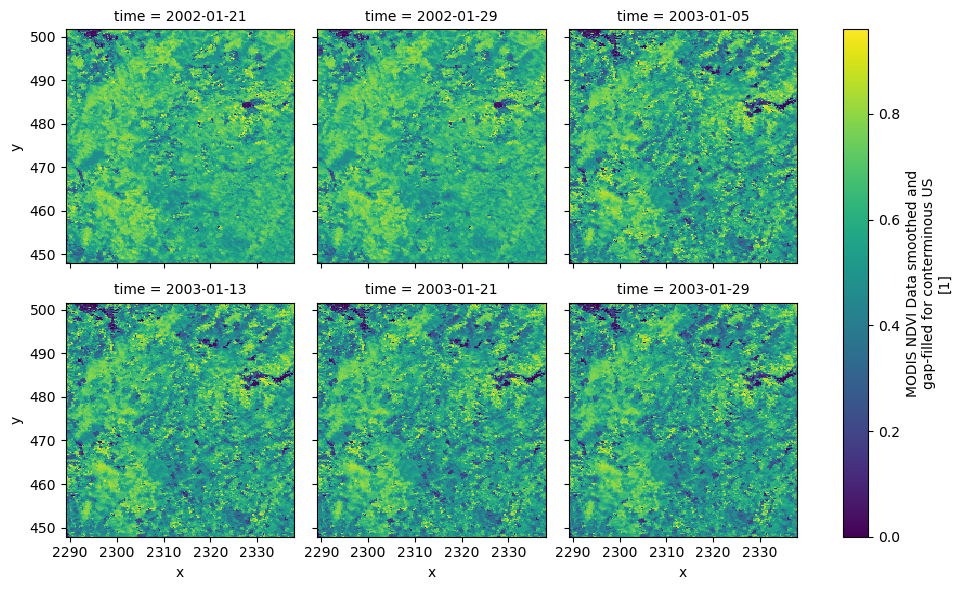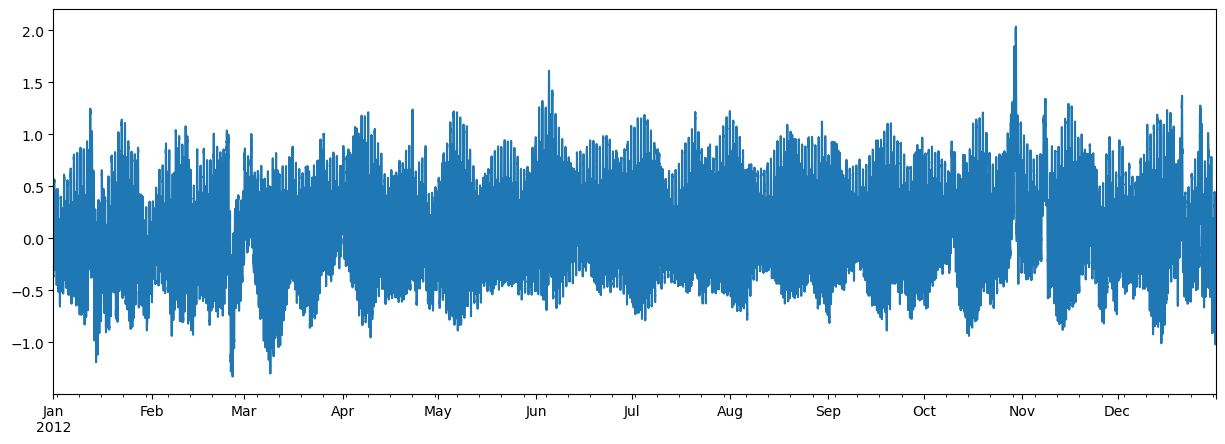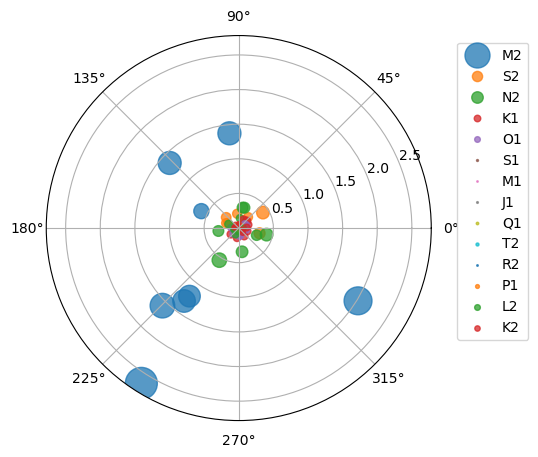High-level API for asyncronous send/recieve requests with caching.
Project description
AsyncRetriever: Asynchronous send/receive requests with caching









Features
AsyncRetriever has only one purpose; asynchronously sending requests and retrieving responses as text, binary, or json objects. At the expense of two additional dependencies, aiohttp_client_cache and aiosqlite, it uses persistent caching to speedup the retrieval even further.
Please note that since this project is in early development stages, while the provided functionalities should be stable, changes in APIs are possible in new releases. But we appreciate it if you give this project a try and provide feedback. Contributions are most welcome.
Moreover, requests for additional functionalities can be submitted via issue tracker.
Installation
You can install async_retriever using pip:
$ pip install async_retrieverAlternatively, async_retriever can be installed from the conda-forge repository using Conda:
$ conda install -c conda-forge async_retrieverQuick start
As an example for retrieving a binary response, let’s use DAAC server to get NDVI. The function can be directly passed to xarray.open_mfdataset to get the data as an xarray Dataset.
import xarray as xr
import async_retriever as ar
from datetime import datetime
west, south, east, north = (-69.77, 45.07, -69.31, 45.45)
base_url = "https://thredds.daac.ornl.gov/thredds/ncss/ornldaac/1299"
dates_itr = ((datetime(y, 1, 1), datetime(y, 1, 31)) for y in range(2000, 2005))
urls, kwds = zip(
*[
(
f"{base_url}/MCD13.A{s.year}.unaccum.nc4",
{
"params": {
"var": "NDVI",
"north": f"{north}",
"west": f"{west}",
"east": f"{east}",
"south": f"{south}",
"disableProjSubset": "on",
"horizStride": "1",
"time_start": s.strftime("%Y-%m-%dT%H:%M:%SZ"),
"time_end": e.strftime("%Y-%m-%dT%H:%M:%SZ"),
"timeStride": "1",
"addLatLon": "true",
"accept": "netcdf",
}
},
)
for s, e in dates_itr
]
)
data = xr.open_mfdataset(ar.retrieve(urls, "binary", request_kwds=kwds, max_workers=8))
For a json response example, let’s get water level recordings of a NOAA’s water level station, 8534720 (Atlantic City, NJ), during 2012, using CO-OPS API. Note that this CO-OPS product has a 31-day for a single request, so we have to break the request accordingly.
import pandas as pd
station_id = "8534720"
start = pd.to_datetime("2012-01-01")
end = pd.to_datetime("2012-12-31")
s = start
dates = []
for e in pd.date_range(start, end, freq="m"):
dates.append((s.date(), e.date()))
s = e + pd.offsets.MonthBegin()
url = "https://api.tidesandcurrents.noaa.gov/api/prod/datagetter"
urls, kwds = zip(
*[
(
url,
{
"params": {
"product": "water_level",
"application": "web_services",
"begin_date": f'{s.strftime("%Y%m%d")}',
"end_date": f'{e.strftime("%Y%m%d")}',
"datum": "MSL",
"station": f"{station_id}",
"time_zone": "GMT",
"units": "metric",
"format": "json",
}
},
)
for s, e in dates
]
)
resp = ar.retrieve(urls, read="json", request_kwds=kwds, cache_name="~/.cache/noaa.db")
wl_list = []
for rjson in resp:
wl = pd.DataFrame.from_dict(rjson["data"])
wl["t"] = pd.to_datetime(wl.t)
wl = wl.set_index(wl.t).drop(columns="t")
wl["v"] = pd.to_numeric(wl.v, errors="coerce")
wl_list.append(wl)
water_level = pd.concat(wl_list).sort_index()
water_level.attrs = rjson["metadata"]
Now, let’s see an example without any payload or headers. Here’s how we can retrieve harmonic constituents from CO-OPS:
stations = [
"8410140",
"8411060",
"8413320",
"8418150",
"8419317",
"8419870",
"8443970",
"8447386",
]
base_url = "https://api.tidesandcurrents.noaa.gov/mdapi/prod/webapi/stations"
urls = [f"{base_url}/{i}/harcon.json?units=metric" for i in stations]
resp = ar.retrieve(urls, "json", cache_name="~/.cache/noaa.db")
amp_list = []
phs_list = []
for rjson in resp:
sid = rjson["self"].rsplit("/", 2)[1]
const = pd.DataFrame.from_dict(rjson["HarmonicConstituents"]).set_index("name")
amp = const.rename(columns={"amplitude": sid})[sid]
phase = const.rename(columns={"phase_GMT": sid})[sid]
amp_list.append(amp)
phs_list.append(phase)
amp = pd.concat(amp_list, axis=1)
phs = pd.concat(phs_list, axis=1)
Contributing
Contributions are appreciated and very welcomed. Please read CONTRIBUTING.rst for instructions.
Project details
Release history Release notifications | RSS feed
Download files
Download the file for your platform. If you're not sure which to choose, learn more about installing packages.
Source Distribution
Built Distribution
Hashes for async_retriever-0.1.0-py2.py3-none-any.whl
| Algorithm | Hash digest | |
|---|---|---|
| SHA256 | 8a25460e570c62f0bf25e30c235acd9f8402f5be63e4eb4772af551ec7fcbb33 |
|
| MD5 | f2d90d9f1cc12426fae965e88042e166 |
|
| BLAKE2b-256 | c629e05a639c6bed074ec8b1d93520c1276b083cd66b41a4943b1a856f8ad33d |











